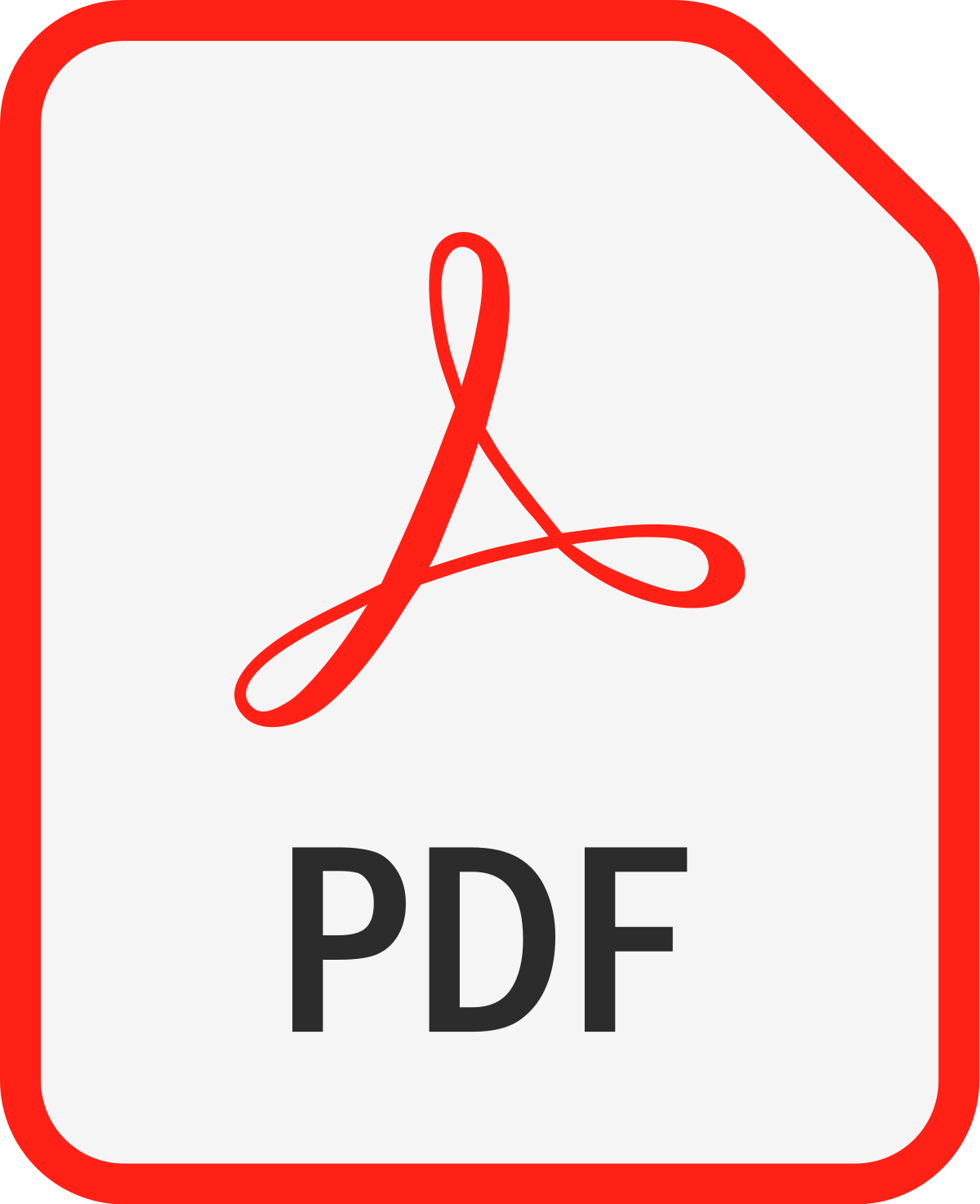Home > CSC-OpenAccess Library > Manuscript Information
EXPLORE PUBLICATIONS BY COUNTRIES |
 |
| EUROPE | |
| MIDDLE EAST | |
| ASIA | |
| AFRICA | |
| ............................. | |
| United States of America | |
| United Kingdom | |
| Canada | |
| Australia | |
| Italy | |
| France | |
| Brazil | |
| Germany | |
| Malaysia | |
| Turkey | |
| China | |
| Taiwan | |
| Japan | |
| Saudi Arabia | |
| Jordan | |
| Egypt | |
| United Arab Emirates | |
| India | |
| Nigeria | |
Do Personality Profiles Differ in the
Pakistani Software Industry and Academia - A Study
Arif Raza, Zaka-ul-Mustafa, Luiz Fernando Capretz
Pages - 60 - 66 | Revised - 15-11-2012 | Published - 31-12-2012
Published in International Journal of Software Engineering (IJSE)
MORE INFORMATION
KEYWORDS
Myers-Briggs Type Indicator (MBTI), Software Engineering (SE), Human Factors, Personality Profiles
ABSTRACT
Effects of personality profiles and human factors in software engineering (SE) have been studied from different perspectives such as software life cycle, team performance, software quality attributes and so on. This study intends to compare personality profiles of software engineers in academia and industry. In this survey we have collected personality profiles of software engineers from academia and the local industry in Pakistan. According to the Myers-Briggs Type Indicator (MBTI) instrument, the most prominent personality type among academicians is a combination of Introversion, Sensing, Thinking, and Judging (ISTJ). However the most dominant personality type among software engineers in industry is a combination of Extroversion, Sensing, Thinking, and Judging (ESTJ). The results of study establish that software engineers working in industry are mostly extroverts as compared to those in academia who tend to be introverts. Sensing, Thinking, and Judging (STJ) however remain common in the dominant personality types of software engineers, both in industry and academia.
| 1 | Sritharan, S., & Ragel, V. R. (2016). Identifying the Personality Preference Across Faculties and Demographic Factors: Myers-Briggs Personality Profiles of Academics of Eastern University, Sri Lanka. IUP Journal of Organizational Behavior, 15(2), 56. |
| 2 | Wiesche, M., & Krcmar, H. (2014, May). The relationship of personality models and development tasks in software engineering. In Proceedings of the 52nd ACM conference on Computers and people research (pp. 149-161). ACM. |
| 3 | Varona, D., Capretz, L. F., & Raza, A. A multicultural comparison of software engineers. |
| . A. Raza, Z. ul-Mustafa, and L.F. Capretz, (2011) “Personality dimensions and temperaments of engineering professors and students – A survey,” Journal of Computing, 3(11), 13-20. | |
| . B.W. Boehm, (2012) “Extending software engineering research outside the digital box,” Proceedings of the FSE/SDP workshop on Future of software engineering research, ACM NY. | |
| . C.Bishop-Clark, and D.D. Wheeler, (1994) “The Myers Briggs personality type and its relationship to computer programming,” Journal of Research on Computing in Education, 26(3), 358-370. | |
| . D. Varona, L.F. Capretz, and Y. Piñero (2011) “Personality types of Cuban software developers,” Global Journal of Engineering Education, 13 (2). | |
| . D. Varona, L.F. Capretz, Y. Pinero, and A.Raza, (2012) “Evolution of software engineers’ personality profile,” ACM SIGSOFT Software Engineering Notes (SEN),37(1), 1-5. | |
| . D.K. Cecil, (2009) “Personality types of IT professors,” ACM SIGITE, Fairfax, Virginia,13-23. | |
| . F. Ahmed, P. Campbell, A. Jaffar, and S. Alkobaisi, (2010) “Innovations in practice learning & personality types: A case study of a software design course,” Journal of Information Technology Education, 9. | |
| . I.B. Myers, M.H. McCaulley, N.L. Quenk, and A.L.Hammer, (1998) MBTI manual - A guide to the development and use of the Myers-Briggs Type Indicator, Palo Alto,California, Consulting Psychologists Press. | |
| . J. Downey, (2010) “Careers in software: is there life after programming?” Proceedings of the 2010 Special Interest Group on Management Information System’s 48th annual conference on computer personal research, ACM, NY, USA. | |
| . J.S. Karn, A.J. Cowling, (2006) “Using ethnographic methods to carry out human factors research in software engineering,” Behavior Research Methods, 38(3), 495-503. | |
| . L. Fernández-Sanz , and S. Misra, (2011) “Influence of human factors in software quality and productivity,” Computational Science and Its Applications - ICCSA Lecture Notes in Computer Science, 6786/2011, 257-269. | |
| . L.F. Capretz (2003) “Personality types in software engineering,” Int. J. HumanComputer Studies, 58(2), 207-214. | |
| . L.F. Capretz, and F. Ahmed, (2010) “Making sense of software development and personality types,” IEEE IT Professional, 12(1), 6-13. | |
| . L.F. Capretz, and F. Ahmed, (2010) “Why do we need personality diversity in software engineering?” ACM SIGSOFT Software Engineering , 35 (2), ACM New York, USA. | |
| . N. Stanton (2012) “Human factors engineering as the methodological babel fish:translating user needs into software design,” Human-Centered Software Engineering,1-17. | |
| . S. Abduljalil, and D.K. Kang, (2011) “Analysis of human factors in software application design for effective user experience,” Proceedings of the 13th International Conference on Advanced Communication Technology (ICACT),1446-1451. | |
| . S.S.J.O. Cruz, F.Q.B. da Silva, C.V.F. Monteiro, P. Santos, and I.Rossilei, (2011)“Personality in software engineering: Preliminary findings from a systematic literature review,” Proceedings of the 15th Annual Conference on Evaluation & Assessment in Software Engineering (EASE 2011), 1-10. | |
Dr. Arif Raza
National University of Sciences & Technology (NUST) - Pakistan
arif_raza@mcs.edu.pk
Mr. Zaka-ul-Mustafa
National University of Sciences and Technology - Pakistan
Dr. Luiz Fernando Capretz
The University of Western Ontario - Canada
|
|
|
|
| View all special issues >> | |
|
|



